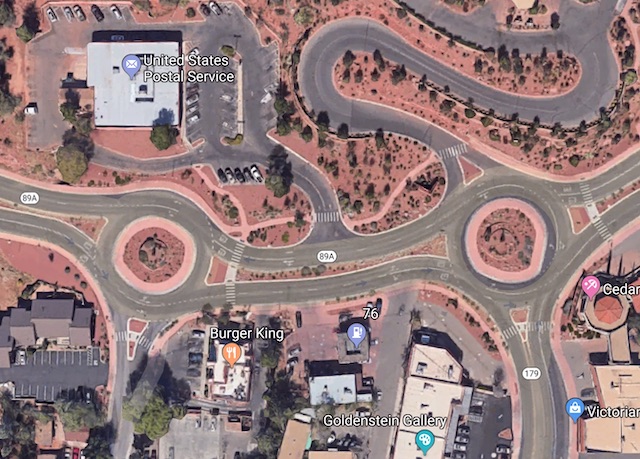The Manhattan Institute’s Aaron Renn blogged last week that a new pair of bridges across the Ohio River between Kentucky and Indiana is the “biggest boondoggle of the 21st century.” Renn calls these $1.3 billion bridges a boondoggle because they doubled the capacity of the previous Interstate 65 bridge across the river, yet after they opened traffic declined by nearly 50 percent.
Traffic fell this much because the states decided to pay for the new bridges partly by tolling them. This pushed traffic to other nearby bridges that remain untolled. As a traffic survey makes clear — but Renn glosses over — overall cross-river traffic grew just as the states predicted when they decided new bridges were needed. So the problem is not that the bridges weren’t needed but that the other bridges remain unpriced.
The Manhattan Institute supports free markets, so it should also support tolling. It is possible that variable-priced tolling of all the Ohio River bridges near Louisville could have eliminated congestion without immediately adding to bridge capacity, but traffic would continue to grow and eventually the states might need to use the collected tolls to expand capacity. Continue reading








